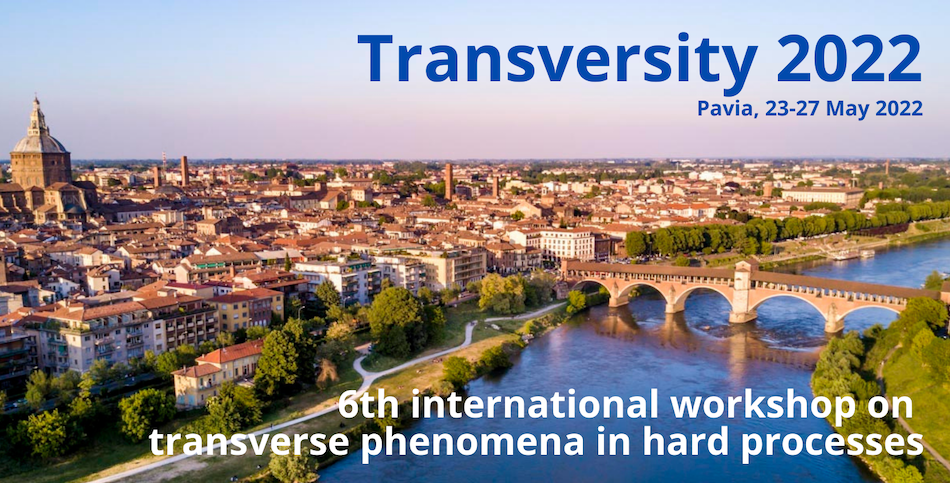Speaker
Description
After fifty years of investigations, the nucleon structure is still far from being understood and continues to represent a unique test bench for QCD. Despite the enormous progresses achieved in five decades of deep-inelastic scattering (DIS) experiments, a number of crucial open questions are still on the carpet and subject of intense theoretical and experimental studies. In the last two decades, semi-inclusive DIS was established as a unique tool for the study of the non-collinear structure of nucleons, involving the parton transverse momentum pT as an additional degree of freedom. Requiring the detection of at least one final state-hadron in coincidence with the scattered lepton, it opened the way not only to measure of the chiral-odd transversity distribution, the last missing leading-twist collinear parton distribution function, but also to a variety of new pT-dependent PDFs, known as TMDs. Describing correlations between the quark transverse momentum and the quark or the nucleon spin (spin-orbit correlations), TMDs account for a number of intriguing effects observed in polarized and unpolarized reactions, and allow for a 3-dimensional description of the nucleon in momentum space. Furthermore, they could provide insights into the yet unmeasured quark orbital angular momentum. At leading-twist, eight TMDs enter the SIDIS cross section in conjunction with a fragmentation function. In addition, going to the twist-3 level allows us to probe novel quark-gluon correlations.
The HERMES experiment collected a wealth of data using the 27.6 GeV polarized HERA lepton beam and various polarized and unpolarized gaseous targets. This allows for a series of unique measurements of observables sensitive to this multidimensional (spin) structure of the nucleon, probed through specific azimuthal modulations in the distribution of hadrons produced in semi-inclusive DIS. An overview of the HERMES TMD program will be given and Fourier amplitudes of some of the azimuthal modulations sensitive to the beam and/or target polarization, recently extracted for the first time also in a three-dimensional kinematic space, will be presented in more detail.

